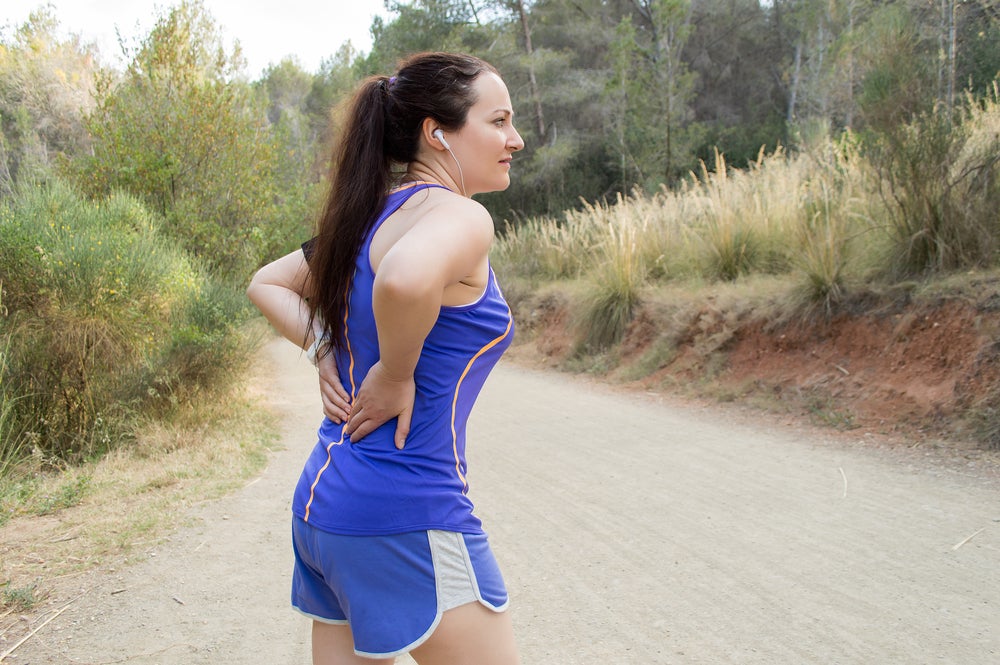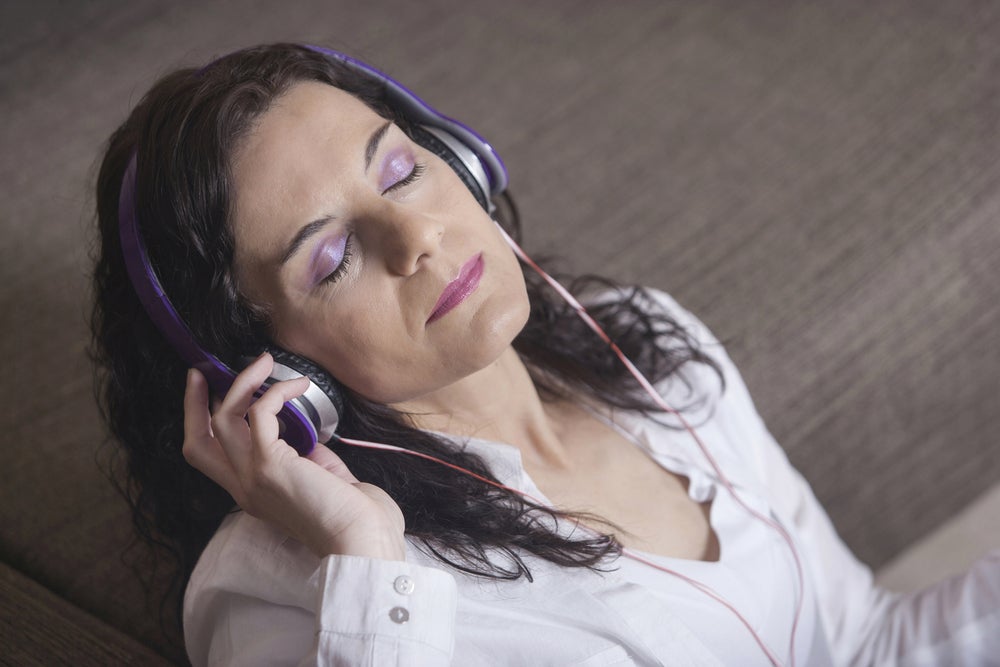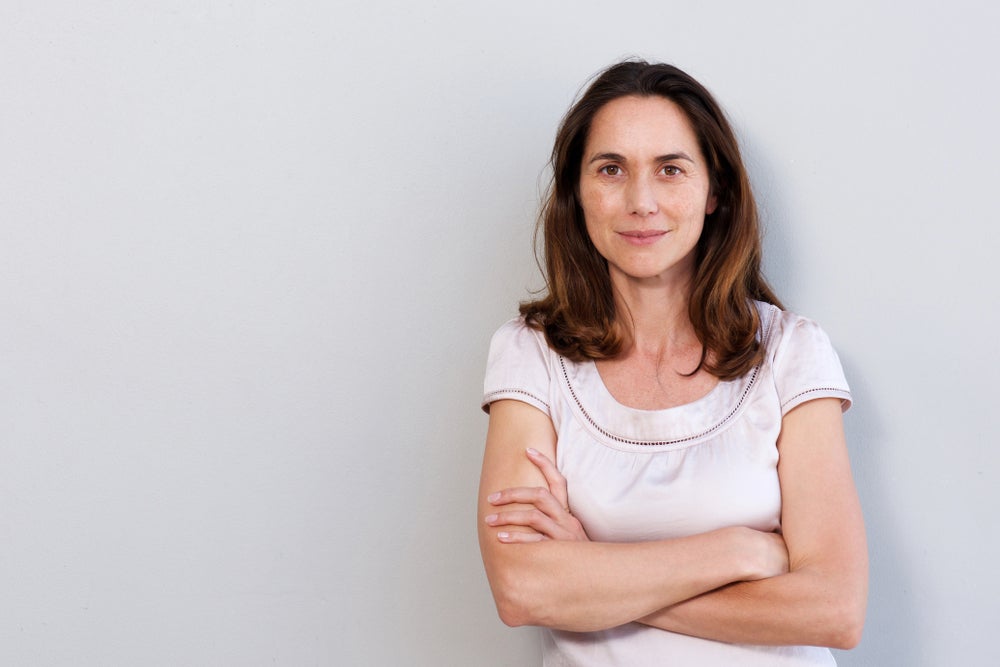Oh My Aching Body: Aging and Menopause
As your alarm buzzes, you start taking inventory. These days, getting started each morning can be a slow and painful process. You’re getting older and menopause may have burst on the scene. The combination may be leaving you with aches and pains in places you didn’t even know you had.
Sure you’re glad to be alive, but it seems like most days you wake up feeling like you’ve been run over by a truck during the night. Who knew estrogen was what had been keeping you feeling young and healthy all those years?
How does estrogen prevent aches and pain?
You probably never realized that estrogen reduces inflammation. The result is that as you move farther into menopause and estrogen levels drop, inflammation can rise. You’re left with aching joints from head to toe. If you have any old injuries, those can begin aching, too.
You may have also noticed more bruising these days, adding yet more areas that hurt. Those are also thanks to menopause. Your skin needs estrogen to keep it healthy. Too little of it and your skin becomes thinner and less elastic, making it more easily injured.
Menopause symptoms can make things worse.
To add insult to injury, a lot of common menopause symptoms can indirectly add to our pain. Lack of sleep, anxiety, stress, hot flashes, and more can leave you tense and frustrated, leading to painful muscle tension. You might feel this pain more in your head, neck, shoulders, and upper back.
If you aren’t sleeping well from pain or menopause related insomnia, you may also find you add to your overall pain thanks to the tossing and turning each night. Feeling lethargic the next day may affect your posture and ability to exercise, further worsening the cycle.
Combating the aches and pains of menopause.
Using estrogen replacement as part your hormone replacement therapy (HRT) is a place to start. There are a variety of hormone delivery systems, doses, and types to chose from, so you can chose which is best for you. HRT can give your muscles and skeletal system the estrogen they need while minimizing the menopause symptoms that contribute to your aches and pains. But estrogen alone is not the answer.
From head-to-toe, regular exercise, even during menopause, is important. As your body ages, it naturally becomes weaker and more frail. Menopause, especially premature menopause such as with surgical menopause following removal of the ovaries, speeds up the process. There’s also a direct link between osteoporosis and menopause.
But you do need to be careful. Doing the wrong exercises could worsen your pain rather than help. You need to choose those that will strengthen your body in a safe manner, so it’s best to work with a professional. In the meantime, get out and start walking.
Burying your head in the sand is only going to give you a neck ache, so make an appointment with your doctor today. You don’t have to dread each day and you don’t have to let the aches and pains bring you down. Take control of your health and menopause – you have a lot of mornings left in you, so make them the best you can.
This content was written by staff of HysterSisters.com by non-medical professionals based on discussions, resources and input from other patients for the purpose of patient-to-patient support. Reprinted with permission: Oh My Aching Body: Aging and Menopause







